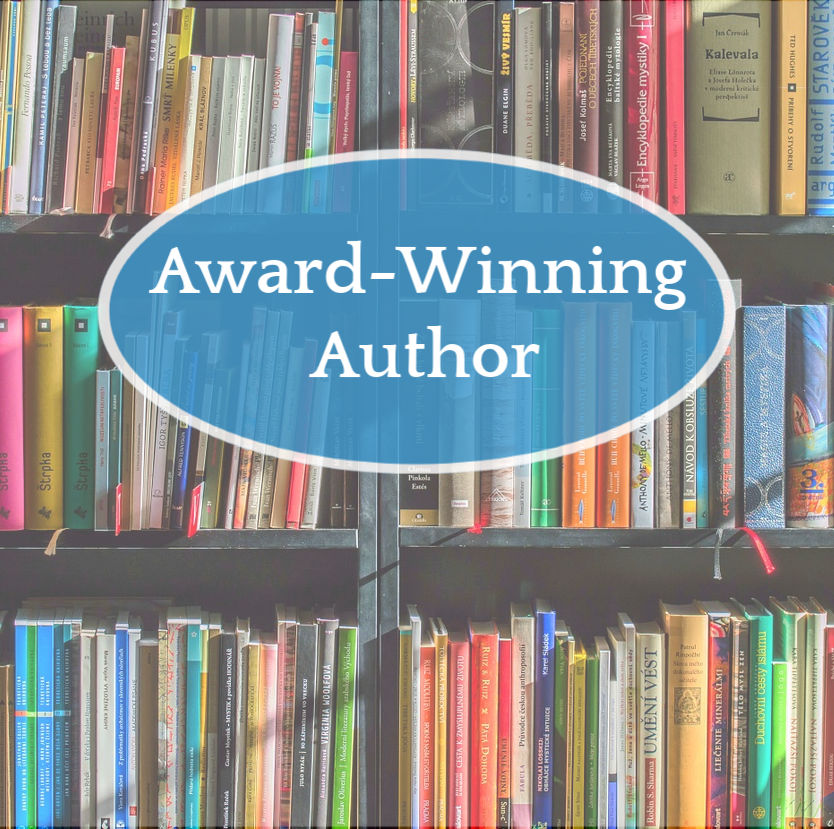
Mastering Middle Grade
How to Persevere in Your Writing
When I first started writing, I assumed publishing occurred as writers often presented in Hollywood films. Authors complete a…
June 16, 2023
When I first started writing, I assumed publishing occurred as writers often presented in Hollywood films. Authors complete a…
June 16, 2023
Can you share a little about your recent book? Sure! The Heart Changer is a middle-grade historical fiction that…
May 1, 2021
Happy 2021, my MG friends! Anyone else excited about having a fresh, clean, slate of months ahead in which…
January 16, 2021
As a writer, a teacher, and a SCBWI regional advisor, Kiri Jorgensen has observed an evolution in children’s publishing…
November 16, 2020